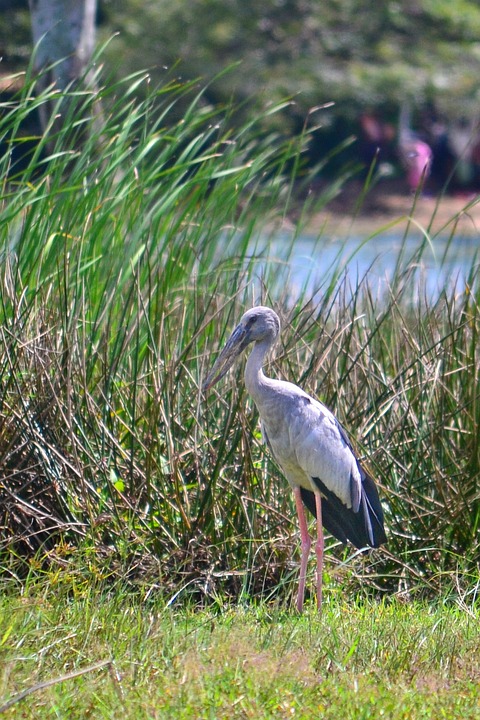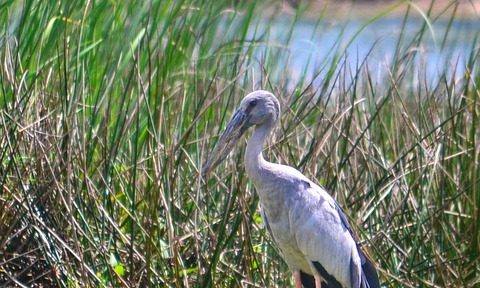
The bird population of Sri Lanka range from those that are endemic to the island to some of those that are migratory. Bird watching in Sri Lanka is a popular activity among wild life enthusiasts. One of the areas that is famous is Dambulla and it’s near by bird watching hubs such as Habarana and Sigiriya forests. The surrounding lush green tropical forests are a great place to explore the beaks and feathers within them. There are several eco friendly accommodation options within the areas that are great for one to getaway from the hustle and bustle of the city. They often also provide facilities to explore the surroundings such as organizing excursions and bird watching tours as well as safaris,one such hotel is Kalundewa Retreat.
The tropical climate and the presence of wetlands that surround the bird sanctuaries make Sri Lanka a great location in South Asia for bird watching. There are well over 400 species of birds that can be observed across various locations of the country. 23 out of them are endemic to the country. Most of the species that are endemic to Sri Lanka can be found around the wetlands and mostly concentrated around the hill country. They are often seen throughout the year.
In the areas in and around Dambulla, such as the Sigiriya forest Sri Lanka Grey Hornbill one could spot birds such as Sri Lanka Jungle fowl, Sri Lanka Green Pigeon, Sri Lanka Woodshrike ,Malabar Pied Hornbill , Oriental Dwarf Kingfisher among many others. Migratory birds often come to Sri Lanka during the winters in the Europe and Soviet countries hence it is worthwhile to have a look at the season before heading out on one of the tours. The month of December has been declared as the National Bird Month. There are also a handful of bird sanctuaries spread across various parts of the island.
Intrigued by history, art and food, Lavinia Woolf is a writer who is passionate about the extraordinary and writes of the exhilarating and enchanting. Google+
